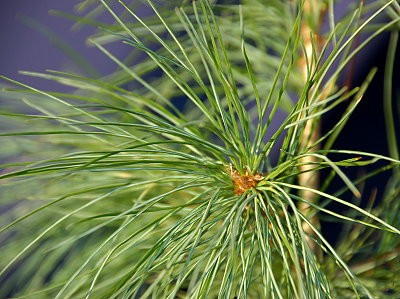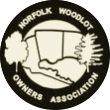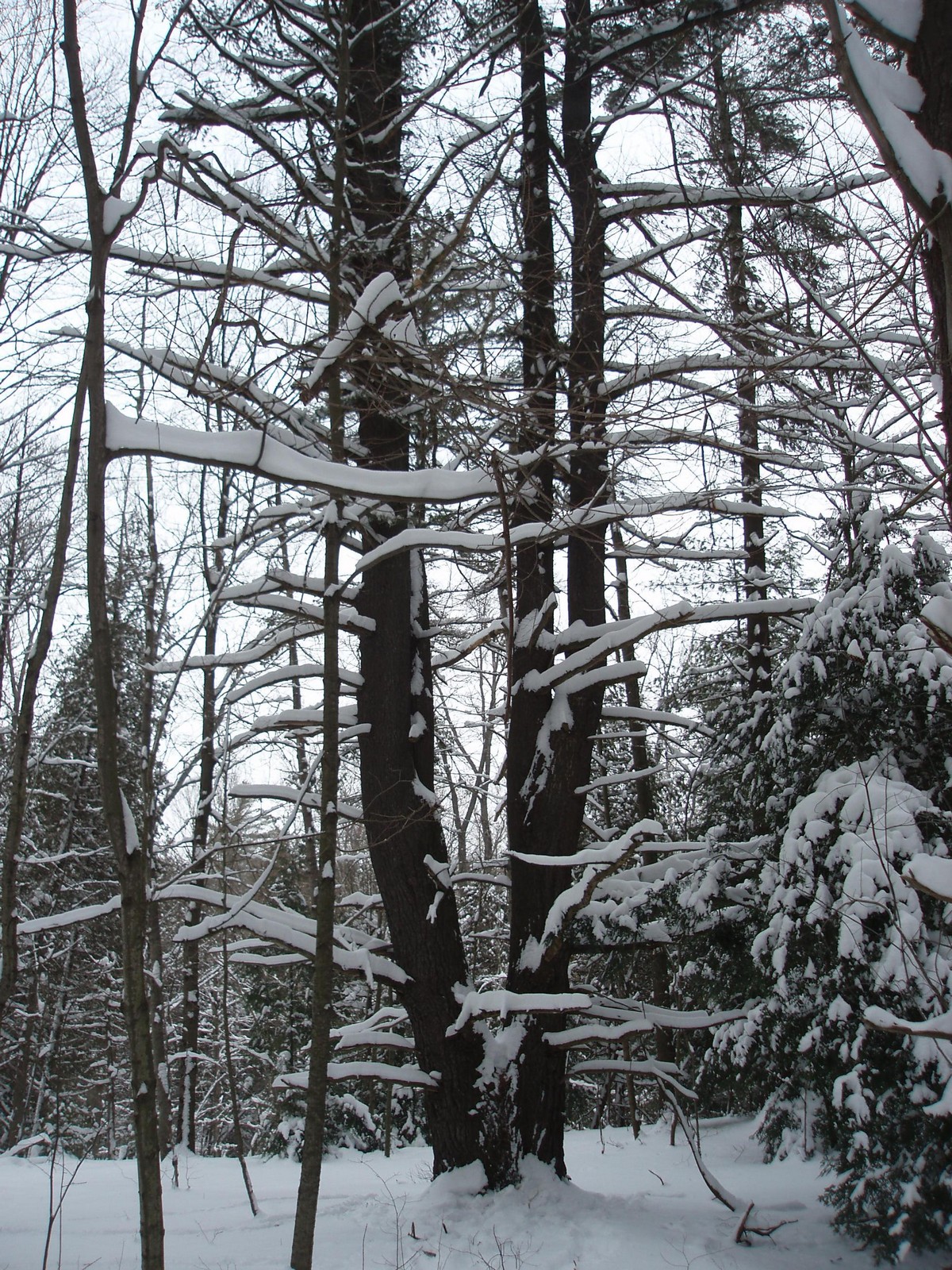Pinus strobus
Owner: Ed Dehooghe
Nominator: Ed Dehooghe
Height: 35.5 m (116.5 ft)
Diameter: 140.45 cm (55.3 in)
Circumference: 441 cm (173.6 in)
Description
The Eastern White Pine is one of the most valuable trees in eastern North America. Prior to the arrival of Europeans, virgin stands contained an estimated 3.4 billion m3 (600 billion fbm) of lumber. By the late 1800’s most of those vast stands had been logged. Because it is among the more rapid growing northern forest conifers, it is an excellent tree for reforestation project, landscaping, and Christmas trees and has the distinction of having been one of the most widely planted trees in North America. Its native range can be found across southern Canada from Newfoundland, southern Quebec, west to central and western Ontario to extreme southwestern Manitoba; south to Minnesota, east to Illinois, Ohio, Pennsylvania, and New Jersey to northern Georgia and northwestern South Carolina. White pine grows best on well-drained sandy soils. Associated forest cover may include: red maple, eastern hemlock, sugar maple, beech, yellow birch, basswood, white oak, and white birch. A long-lived tree, it can grow for 200 years or more if undisturbed; maximum age may exceed 450 years. White pine grows tall and it is not unusual for it to grow over 35 m in height. Several trees in the United States have grown over 50 m tall. Many damaging insects feed on white pine, the white pine weevil in particular has been known to cause damage in plantations in our area. Some species of songbirds that consume seeds of white pine are the yellow-bellied sapsucker, black-capped chickadee, white-breasted nuthatch, pine warbler, and pine grosbeak. Some mammals that eat seeds, bark, and foliage of white pine are beaver, snowshoe hare, cottontails, porcupine, squirrels, mice and white-tailed deer. The bark of white pine is used as an astringent and an expectorant, and the wood has been used to produce white pine tar, which is used as an antiseptic, expectorant and protective. The wood has medium strength, is easily worked, and stains and finishes well. It is used for furniture, patterns, matches, and many other items. (Source: Silvics of North America)
Eastern White Pine needles

